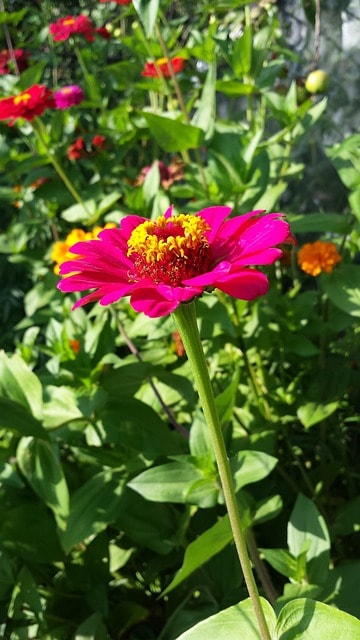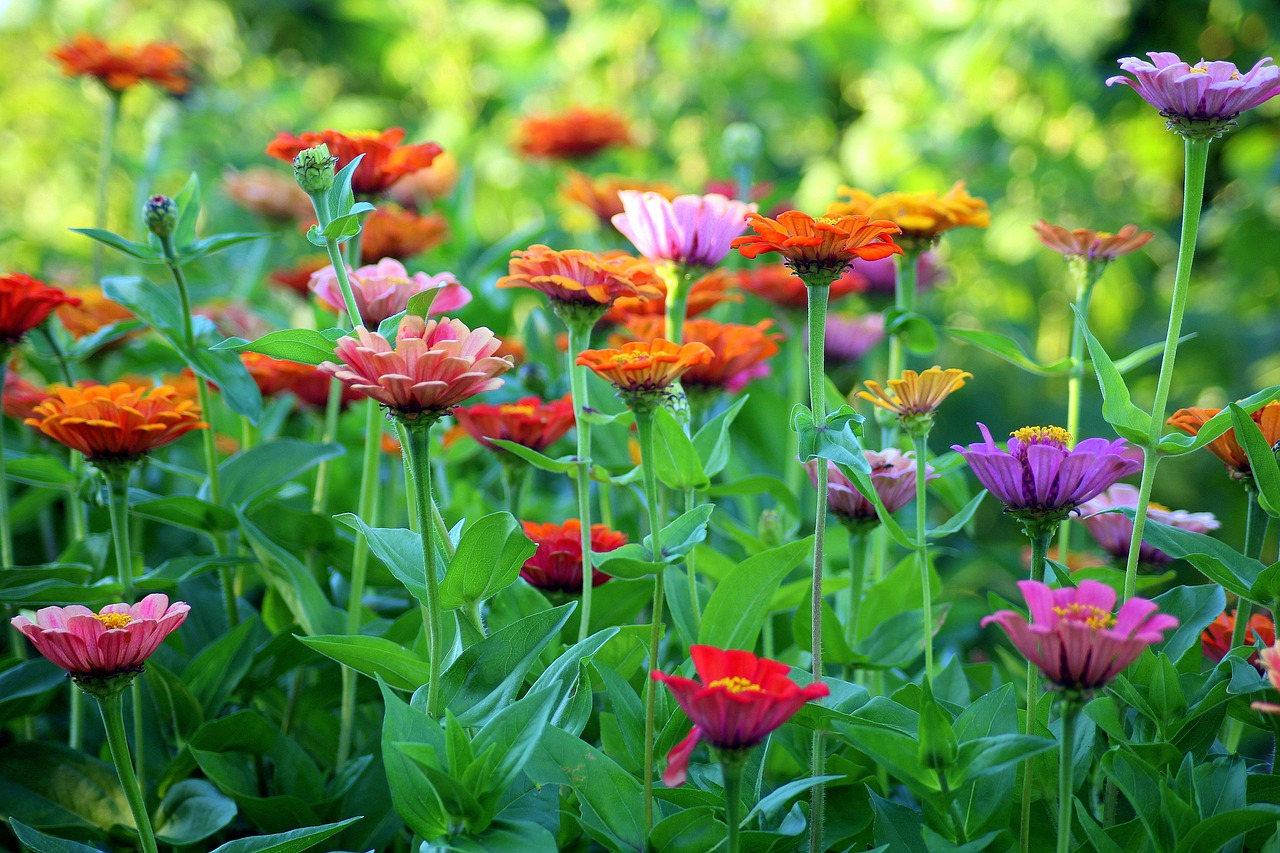This guide will help you understand the best practices for harvesting zinnias to maximize their beauty and longevity.
Why Harvest Zinnias?

Harvesting zinnias not only allows you to bring the joy of your garden inside but also encourages the plants to produce even more flowers. Regular harvesting can lead to a more abundant bloom season, making your garden more stunning and colorful.
Whether you want to create beautiful arrangements or share the bounty with friends and family, knowing how to properly harvest your zinnias ensures that you get the most out of your efforts.
When to Harvest Zinnias
Timing is essential when it comes to harvesting zinnias. The best time to cut zinnias is in the morning after the dew has evaporated but before the heat of the day sets in. This helps preserve their freshness. Look for flowers that are fully opened but not yet starting to wilt. The petals should be firm and vibrant. If you notice any signs of browning or wilting, it’s best to leave those blooms for another day.
Tools You’ll Need

For a successful harvesting experience, gather the following tools:
Sharp Scissors or Pruning Shears: A clean, sharp cut helps prevent damage to the plant.
A Bucket or Water Container: Place your freshly cut zinnias in water immediately to keep them hydrated.
A Clean Cloth: Use this for any spills or to wipe down your tools before and after use to maintain hygiene.
How to Harvest Zinnias
Select the Right Flowers: Look for blossoms that are fully open and free of any pests or diseases. This ensures that you’re picking the healthiest blooms.
Cutting Technique: Hold the stem firmly and cut it at an angle about 6-12 inches from the base of the flower. An angled cut increases the surface area for water absorption, which helps keep your zinnias fresher for longer.
Place in Water: Immediately place the cut zinnias into your bucket or container filled with clean water. This helps prevent the stems from sealing off and allows them to draw water effectively.
Remove Lower Leaves: If you plan to arrange the zinnias in a vase, remove any leaves that will be submerged in water, as this can promote bacterial growth.
Preserving Your Harvest
To make the most of your zinnia harvest, consider these preservation techniques:
Hydration: After cutting, keep your zinnias in a cool, shaded place for a few hours or until you’re ready to arrange them. Replacing the water in your container every few days helps prolong their life.
Refrigeration: If you’ve cut large quantities and won’t be using them right away, you can store zinnias in a refrigerator. Place the stems in a container of water and cover the heads with a plastic bag to retain humidity.
Drying: If you want to preserve zinnias for longer-term enjoyment, consider drying them. To do this, gather a small bunch, tie them together, and hang them upside down in a warm, dark place. This method works particularly well for zinnias that have already started to fade.
Tips for Supporting Continued Blooms

To encourage your zinnias to produce more flowers after harvesting, consider these practices:
Deadheading: Regularly remove spent blooms by pinching or cutting them off at the base of the flower. This encourages the plant to redirect energy toward new growth.
Watering: Ensure your zinnias receive sufficient water, especially during dry spells, as they flourish best with consistent moisture.
Fertilizing: Use a balanced fertilizer once every month during the growing season to give your zinnias the nutrients they need to thrive.
Creating Stunning Arrangements
Once you’ve harvested your zinnias, it’s time to showcase their beauty. Arrange them in various styles to fit different occasions:
Simple Bouquets: Group zinnias of the same color for a monochromatic look or mix various colors for a cheerful and lively bouquet.
Mixed Arrangements: Pair zinnias with other seasonal flowers and greens for a fuller arrangement. Consider adding sunflowers, marigolds, or even some greenery.
Table Centerpieces: Place zinnias in a mason jar or vintage vase for a rustic feel or create a more elegant display with crystal or glass containers.





